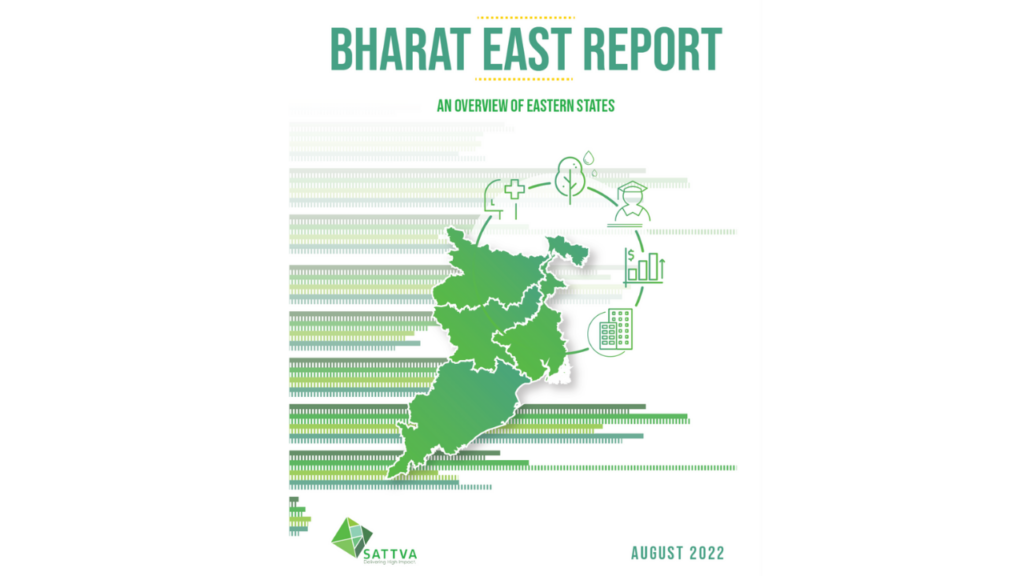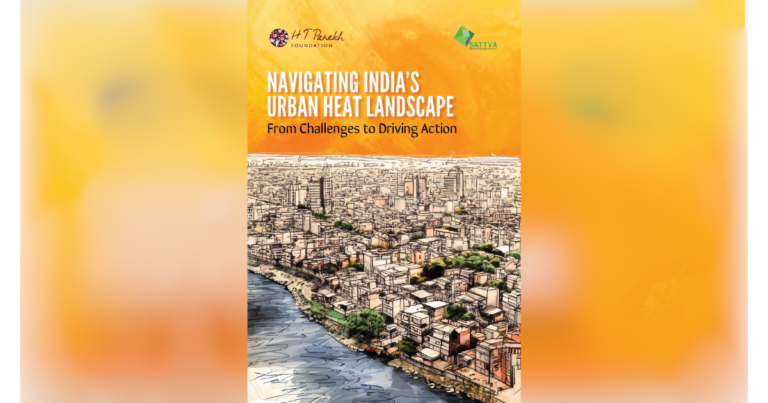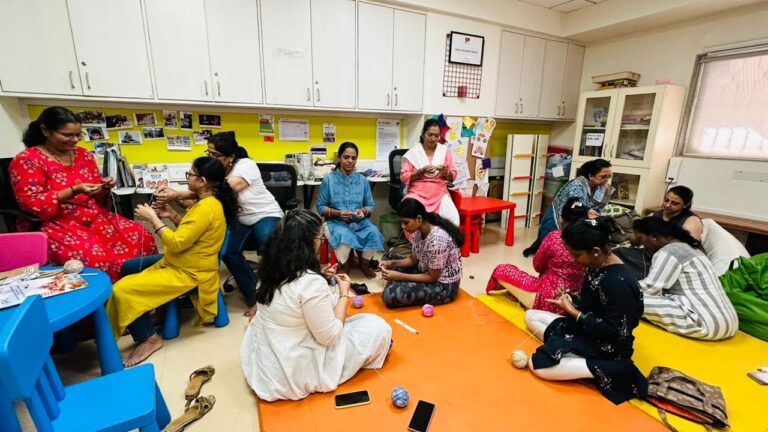The Bharat East report explores the performance of the eastern states (Bihar, Jharkhand, Odisha and West Bengal), across various indicators and themes, using data points from the NFHS-IV, NFHS-V and Mission Antyodaya resources. Accounting for 22% of the country’s population, the East region alone accounts for 47 of the 117 Aspirational Districts (ADs) identified by NITI Aayog. The region cumulatively accounts for over 40% of all ADs in India: Jharkhand (19), Bihar (13), Odisha (10), and West Bengal (5). This, combined with the relatively low ranking of the states across development indicators, presents many potential areas for the three I’s: Investment, Intervention and Implementation.
Overall, certain trends emerge in this zone, with certain states being consistent laggards, across funding, performance in development indicators and even in intra-state performance between ADs and other districts. The states of the East zone jointly received 6% of India’s total CSR funds between 2014 and 2021. Odisha, single-handedly accounts for 3% of the country’s CSR spending, almost half of the entire CSR funding received by the East zone. It is followed by West Bengal, and far behind are Jharkhand and Bihar. Education emerges as the top sector for CSR spending in the region. Not only does Odisha emerge as the top recipient of CSR funds, it also receives 75% of the East zone’s (and 32% of India’s) share of the District Mineral Fund (DMF). West Bengal and Bihar both receive significantly lower DMF allocations and are among the bottom five recipients of DMF allocations in the country.
The eastern zone is performing almost on par with the national averages across certain NFHS-V indicators but still leaves many major areas for improvement. Odisha and West Bengal are outperforming the National and East averages across Child and Maternal & Reproductive health indicators. The performance of Bihar and Jharkhand is lagging behind the National and East zone averages across almost all healthcare themes. Overall East zone scores are higher with respect to the consumption of injurious substances, resulting in an increased risk of health emergencies. The Mission Antyodaya data captures cross-thematic performance of districts and states across 26 selected developmental indicators. Across the East zone, West Bengal is the only state delivering better results than the national cumulative score across the 26 developmental indicators leaving Bihar, Jharkhand and Odisha far behind the national score. When comparing the growth from NFHS-IV to NFHS-V, the eastern states record only marginal growth from NFHS-IV to NFHS-V. Jharkhand, Odisha and West Bengal all record relatively similar trends across indicators, in this regard only Bihar’s often downward trend from NFHS-IV to NFHS-V is alarming and indicates a decline.
All states have a deep urban-rural divide, with urban areas performing significantly better than rural areas. In Bihar and Jharkhand, this difference is starker than in other states. Odisha is seen to excel across certain specific indicators and themes such as maternity care. West Bengal displays selectively good performance, across certain themes and indicators such as maternity and delivery care. The difference in AD, and other districts’ performance is also stark in eastern states. The East performs relatively well, on par with the national average, across certain indicators where the AD and other districts’ difference in performance is minor. All the eastern states require intervention in the areas of Gender-Based Violence, Women Empowerment, Prevalence of Anaemia, Screening for Cancer, etc, to name a few.
This report provides a comprehensive analysis of the Eastern states through the analysis of publicly available secondary data. This information may be utilised in a myriad of ways, as a knowledge base to validate hypotheses, especially from the Aspirational District ecosystem perspective.




